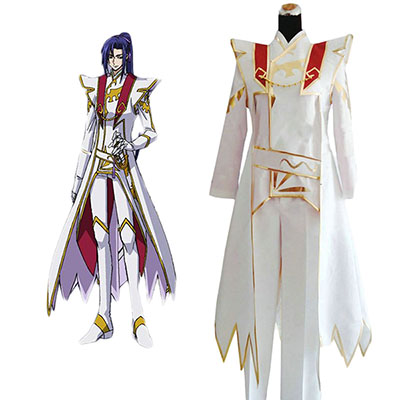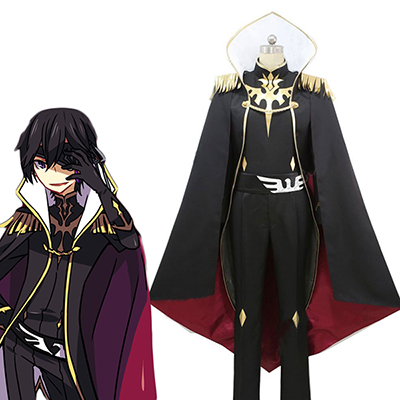Bayonetta finally meets Father BalderPublished: Monday 13 February, 2017
Upon reaching the top, Bayonetta finally meets Father Balder, the last of the Lumen Sages. Balder reveals he is Bayonetta's father, and that he plans to reunite the three universes by resurrecting Jubileus, the Creator; however, since Bayonetta could not remember her past, Cereza was sent back to her to help her remember, allowing Balder to use her as the "left-eye". After revealing he was responsible for the death of Luka's father, Balder throws him to his death, before fighting Bayonetta among rubble falling from the tower. Bayonetta ultimately manages to defeat Balder, before saving a falling Luka and Cereza. After making a time portal to return her younger self home, Bayonetta returns to the present, only to collapse after regaining her memory; seemingly unharmed, Balder transports himself and the unconscious Bayonetta towards the statue on top of the tower, beginning the resurrection of Jubileus. As the statue launches into space, Jeanne reappears after earlier escaping both death and Balder's control narrowly. She ascends the launching statue on her motorcycle by riding along the surface; after reaching Bayonetta, she saves her, only for Jubileus to come alive. Jeanne floats away from the statue, leaving Bayonetta alone to fight the deity. Bayonetta eventually defeats Jubileus by summoning Queen Sheba, who punches the deity into the sun. As the statue left behind by Jubileus plummets towards Earth Cosplay Shop Hideki Kamiya directed development of Bayonetta at PlatinumGames since January 2007, and the game was "more-or-less complete" by October 21, 2009. The group developed for Microsoft's Xbox 360 game console, while Sega—with Platinum Games's original data and support— handled Nex Entertainment to port the game to Sony's PlayStation 3. Kamiya had worked on previous games such as Devil May Cry Blazblue Costumes Mari Shimazaki designed the game's characters to be "fashionable", with "subdued" features. She designed the titular character to fulfill Kamiya's request for a modern, female witch that wears glasses and wields four guns,and the two settled on her original concept for the character despite her work "over a year" on other concepts. Bayonetta emerged as a long-haired, black-clothed witch with a beehive hairdo (in place of the traditional pointy hat) and glasses (which Kamiya "really pushed for ... to differentiate Bayonetta from other female characters and give her a sense of mystery and intelligence").Conversely, Shimazaki "didn't require a huge amount of effort" to design Bayonetta's short-haired, red-clothed rival Jeanne, who merely wears her glasses on her head above her eyes. She added plumes to Jeanne's handguns to add movement to the design, and thick makeup to Jeanne's face to "make [her] feel like something out of the 1960s". Though Shimazaki preferred Bayonetta, Jeanne turned out to be the more popular of the two witches among Kamiya and the development team. Still, in an April 2009 interview, Kamiya called the former "in many ways ... my ideal woman". Though the game's director "deliberately created Bayonetta from scratch" and has called its story "completely original", he has admitted using "some names from Scandinavian mythology" and playing "about half of" Devil May Cry 4 for research.As a fan of folk music, he named Bayonetta's set of four handguns after the old English ballad "Scarborough Fair", and its individual guns Parsley, Sage, Rosemary and Thyme. Hiroshi Yamaguchi focused on composing music for the game that has a "nice up-tempo beat" and expresses femininity through female choirs, pianos Castlevania Costumes |












